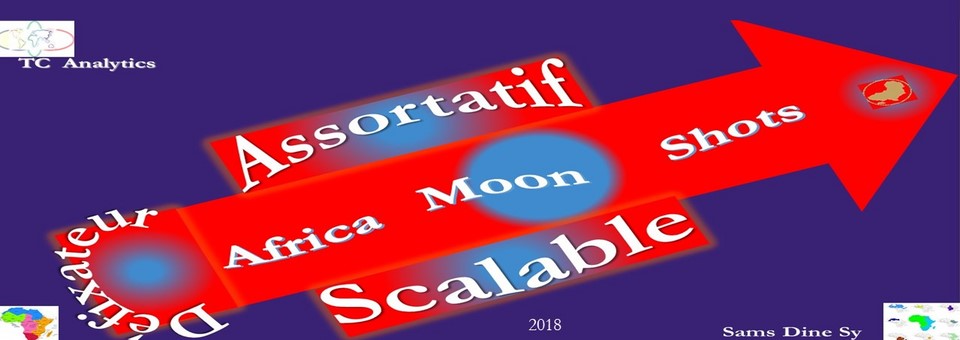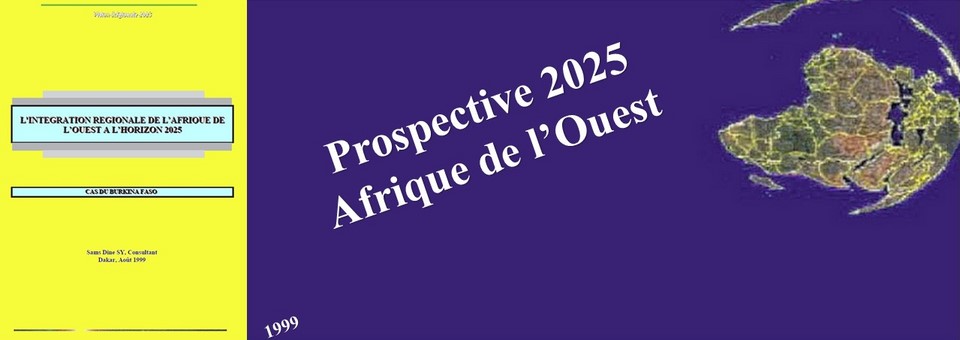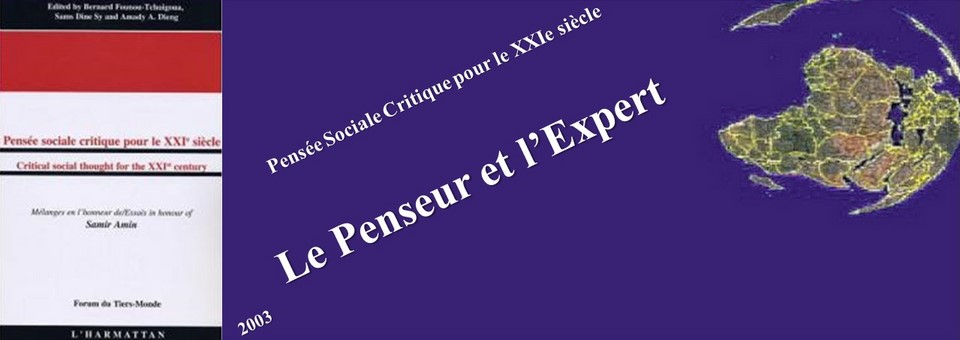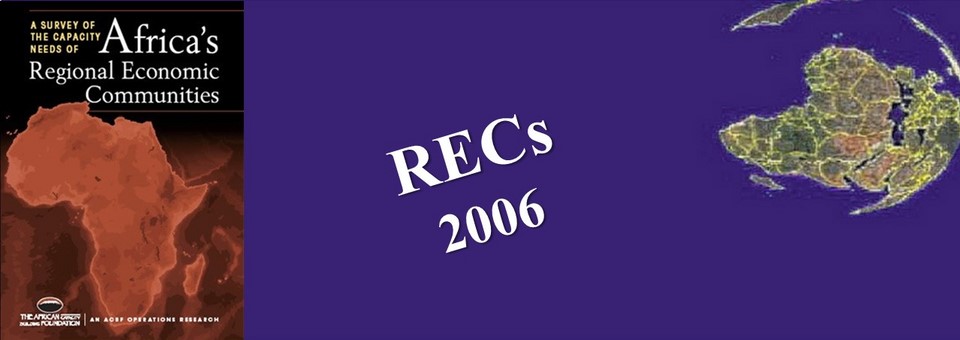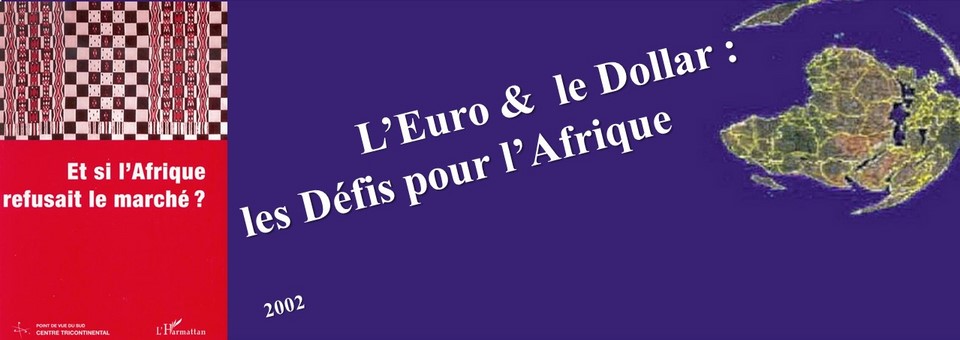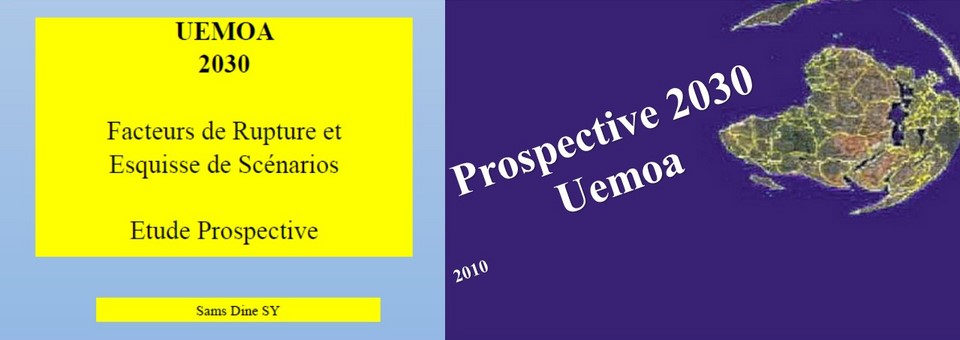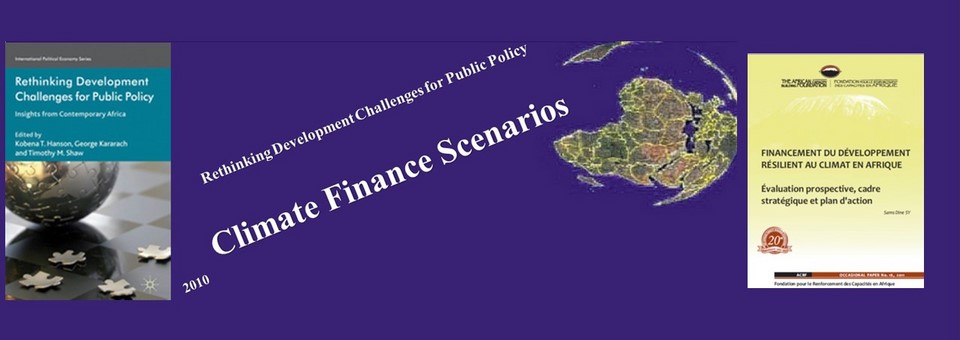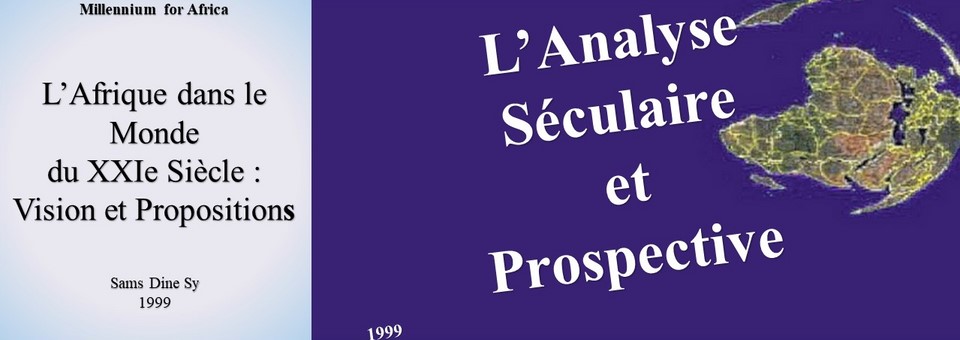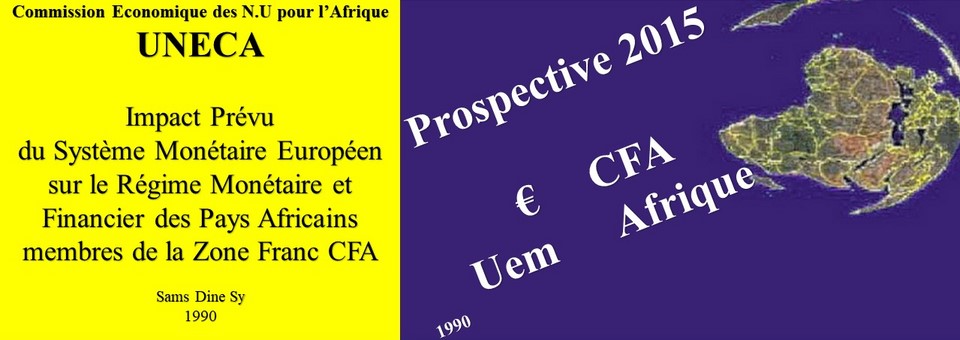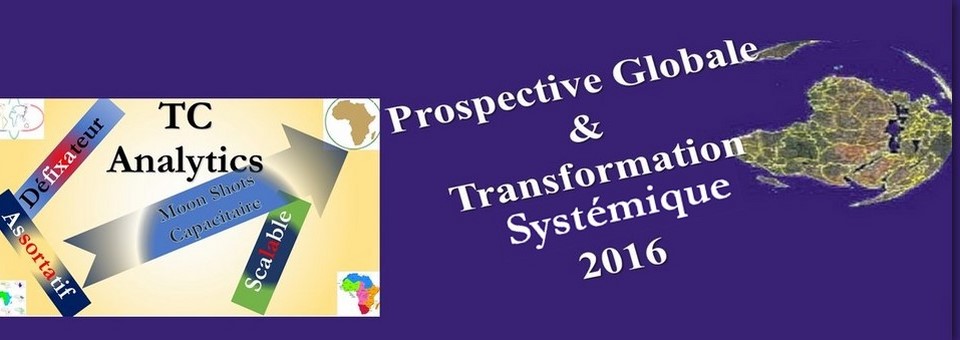REGIONAL ECONOMIC COMMUNITIES,RECs
RECs Policy Cycle to integrate the Federal State
CENSAD
CENSAD is, together with the African Union resulting from the Sirte Declaration of 9/9/1999, one of the biggest initiatives taken by the Libyan leader to make Africa a strategic space that counts in globalisation and reaps all its benefits. The Community stems from the need to unite all the available potential and resources of the Sahel and Sahara States in a common framework with a view to achieving common objectives. Thus, in July 2000, a few months after its creation, the AU had recognised CENSAD as a full-fledged REC, in the same way as the other five pillars of the African Economic Community.
CENSAD's main originality lies in the fact that it brings together most of the countries exposed to drought and aridity and to their ecological and socio-economic consequences such as desertification, land degradation, impoverishment, migration and sedentarisation. The growing insecurity in this area and the rising cost of exploiting energy and mineral resources buried in desert areas, which tend to become fossilized, increase the vulnerability of the countries concerned, which explains their enthusiasm for CENSAD.
The establishment of CENSAD and its rapid growth outside the traditional RECs scheme was made possible by the emergence of the African Union, which suggests the existence of close continuity between the two organizations. Moreover, CEN-SAD's expectations of the AU are higher because both transcend traditional cleavages, while NEPAD and PACT rely more on established regional blocs. Also, the capacity analysis will start from the links between the RECs and CEN-SAD on the one hand and PACT on the other.
Drought awareness and aridity as a global threat is the main driver of CEN-SAD's growth. The upgrading of the new RECs (UEMOA, CEMAC) and the sectoral RECs went through the accession of most of the member countries to CENSAD strengthening its audience with the AU at a time when WBU was paralysed.
Despite the scale of the scourges facing CENSAD member countries, the latter Community is not yet formally involved in the implementation of the PACT. This is reflected in the absence of initiatives and projects under its own label or in partnership like other RECs and beyond, insignificant involvement in the process that led to NEPAD and PACT. This situation is all the more paradoxical as CENSAD weighs more than all the other RECs combined and covers the area where infrastructure investments are most vital for the survival of the continent.
Capacity Needs
Survey of the Capacity Needs of the Community of Sahel-Saharan States - CenSad
Summary
I. Introduction
1. Background
2. Terms of reference and objectives
3. RECs, PACT and CEN-SAD
4. Sources of information
II. INSTITUTIONAL AND ORGANIZATIONAL FRAMEWORK OF CENSAD
1. Mission and Mandate
2. Structures
3. Process
4. Research, documentation, network
5. Available capacities
6. Ongoing capacity-building support
7. Alignment between missions and capabilities
8. Financial Autonomy
III. EVALUATION OF CEN - SAD PERFORMANCE AND INSTITUTIONAL PROFILE
1. Evaluation method and scoring grid
2. Generic capabilities to perform the basic functions of an REB
2.1 Performance of the institutional and organisational framework
2.2 Performance of the economic analysis and design system
2.3 Program Implementation and Management Capacity
2.4 Leadership, Trust and Political Will
3. Additional factors
3.1 Implementation of Infrastructure Programs
3.2 Partnership for development and capacity building
3.3 Knowledge base for insertion into knowledge networks
3.4 Competence Block for Excellence in Regional Service Delivery
4. Overall assessment and institutional profile
IV. CAPACITY BUILDING NEEDS
1. The challenges ahead
1.1 Development of the area's resources and potential
The establishment of the FTA
Globalization of the infrastructure market
Partnership for financing development
Competition for access to energy and mineral resources
1.2 Combating drought and aridity and their consequences
Combating desertification
The fight against impoverishment
The fight against insecurity
The need for an economic union
2. Assets to be developed
3. The weaknesses identified
4. Areas to be strengthened
4.1 Generic FTA capabilities
4.2 Complementary factors
2.2 Specific capabilities Infrastructure/Partnership
2.3 Knowledge Base
2.4 Block of competences
V. RECOMMENDATIONS
1. Meeting immediate needs
2. Addressing short-term needs
3. Meeting medium-term needs
4. Summary of requirements and financial estimates
